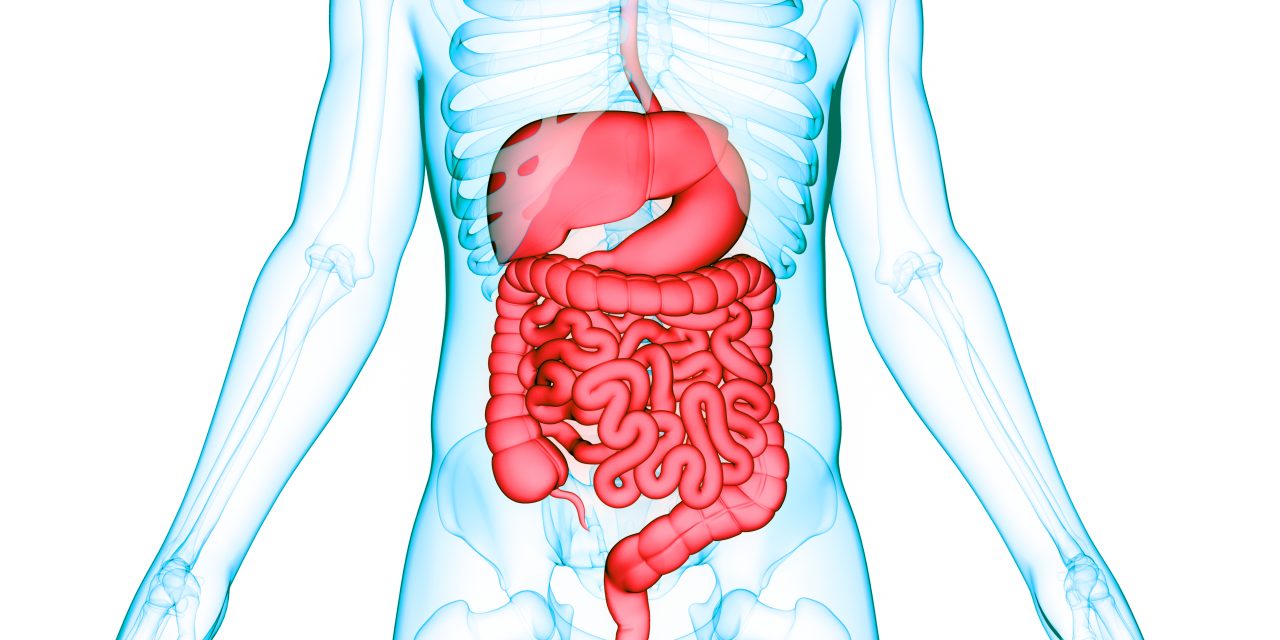Subjective symptoms associated with eosinophilic esophagitis (EoE), such as dysphagia, are not specific, thus the endoscopic identification of suggestive EoE findings is quite important for facilitating endoscopic biopsy sampling. However, poor inter-observer agreement among endoscopists regarding diagnosis has become a complicated issue, especially with inexperienced practitioners. Therefore, we constructed a computer-assisted diagnosis (CAD) system using a convolutional neural network (CNN) and evaluated its performance as a diagnostic utility. A CNN-based CAD system was developed based on ResNet50 architecture. The CNN was trained using a total of 1192 characteristic endoscopic images of 108 patients histologically proven to be in an active phase of EoE (≥15 eosinophils per high power field) as well as 1192 normal esophagus images. To evaluate diagnostic accuracy, an independent test set of 756 endoscopic images from 35 patients with EoE and 96 subjects with a normal esophagus was examined with the constructed CNN. The CNN correctly diagnosed EoE in 94.7% using a diagnosis per image analysis, with an overall sensitivity of 90.8% and specificity of 96.6%. For each case, the CNN correctly diagnosed 37 of 39 EoE cases with overall sensitivity and specificity of 94.9% and 99.0%, respectively. These findings indicate the usefulness of CNN for diagnosing EoE, especially for aiding inexperienced endoscopists during medical check-up screening.
Application of Convolutional Neural Networks for Diagnosis of Eosinophilic Esophagitis Based on Endoscopic Imaging.


